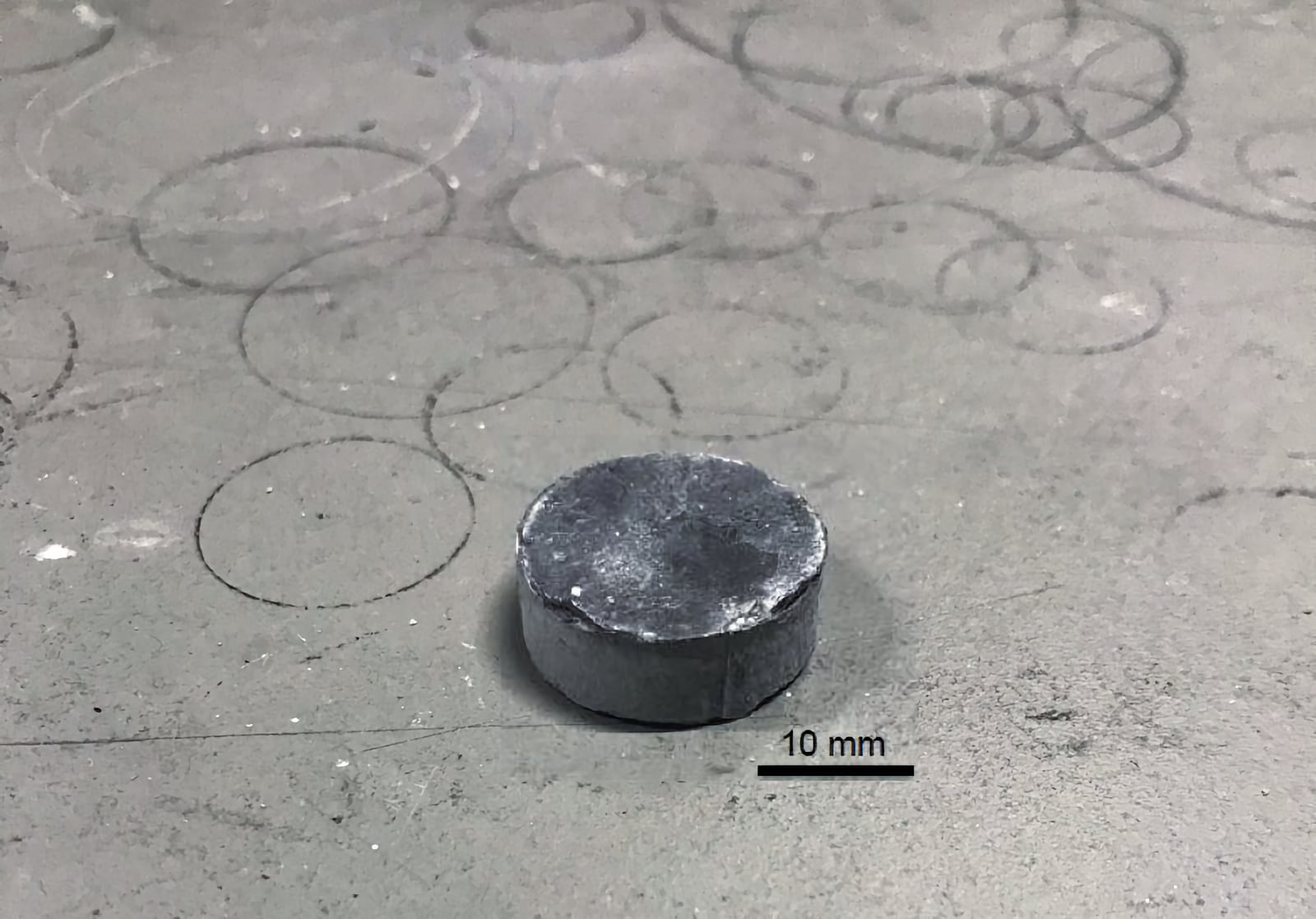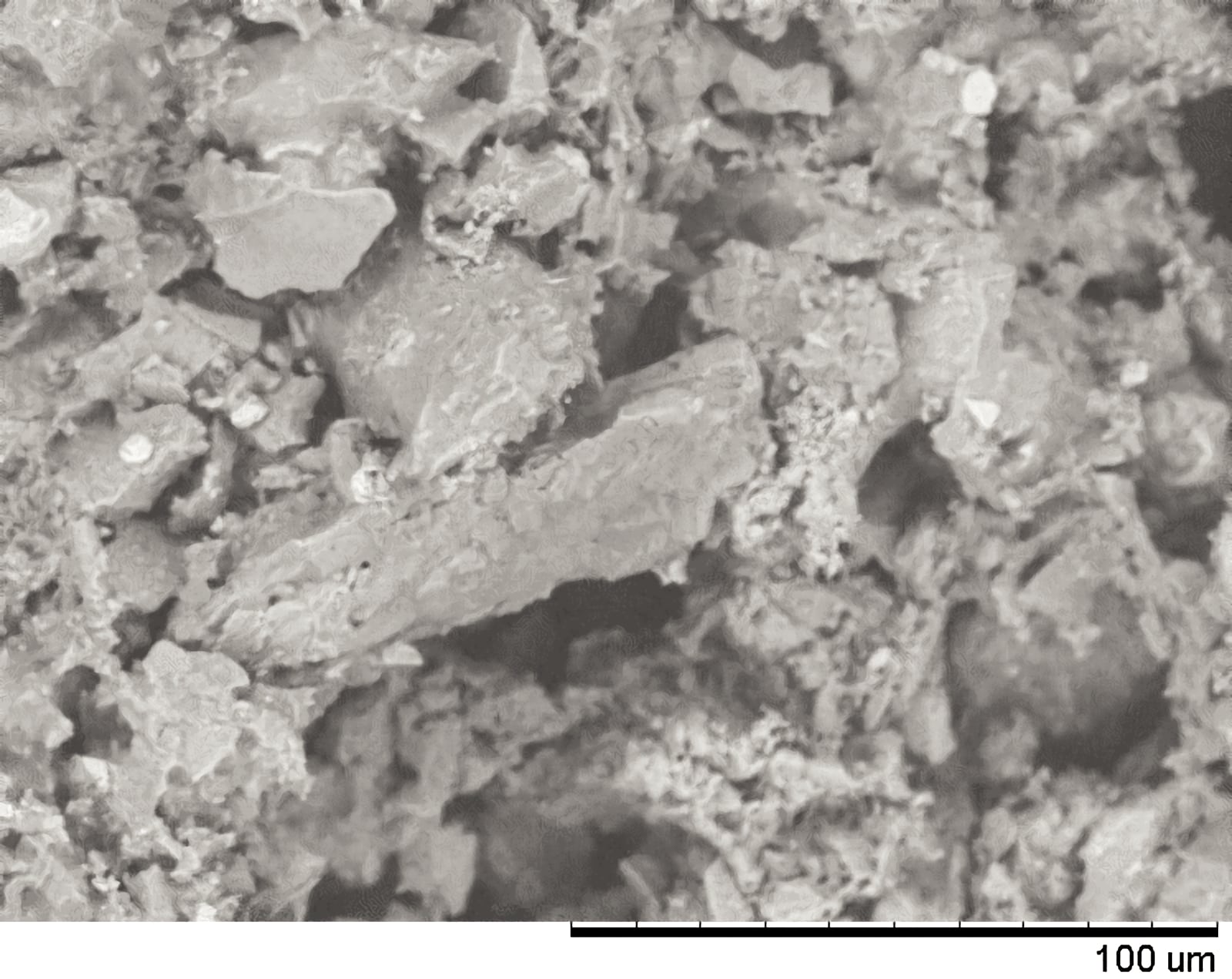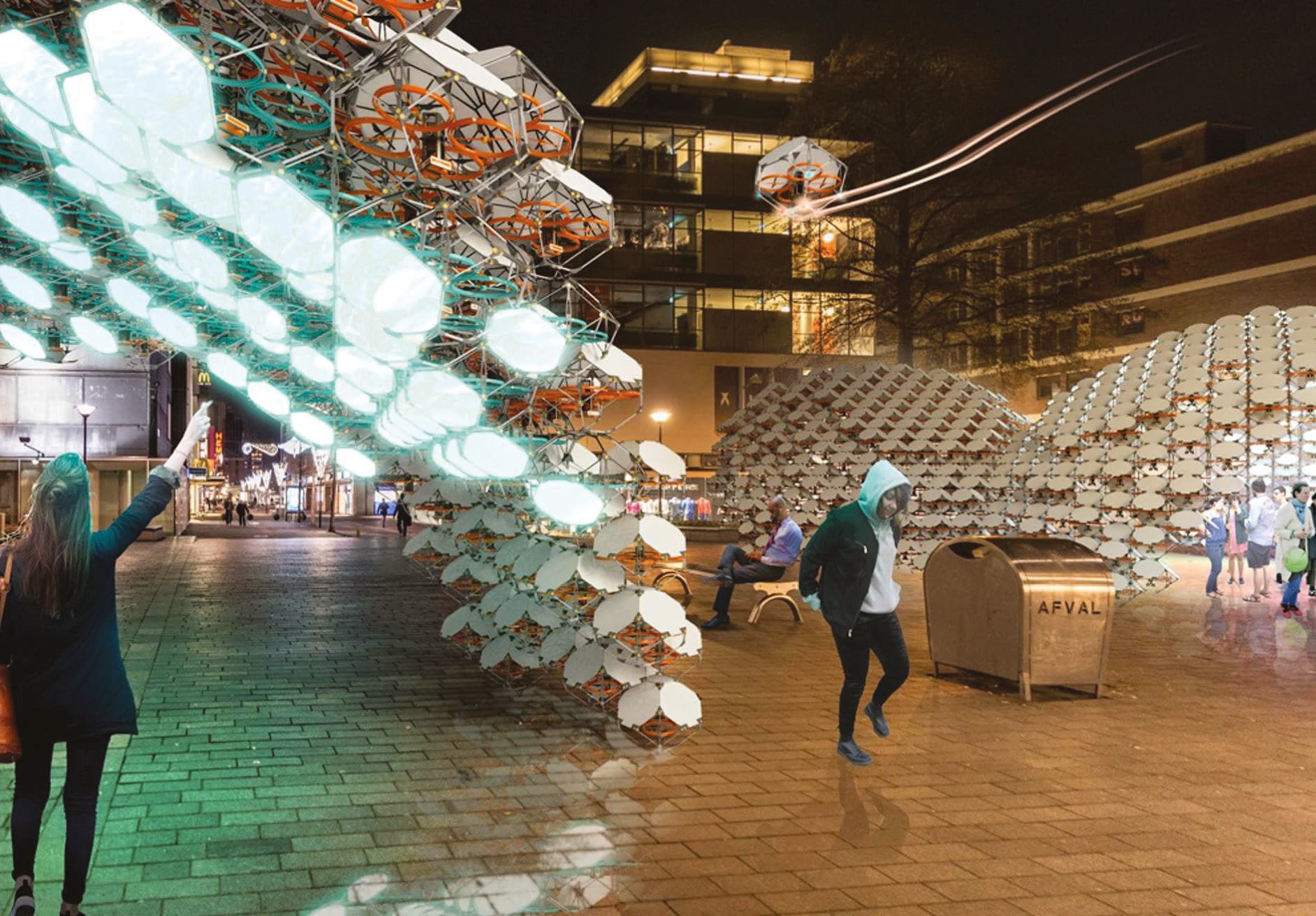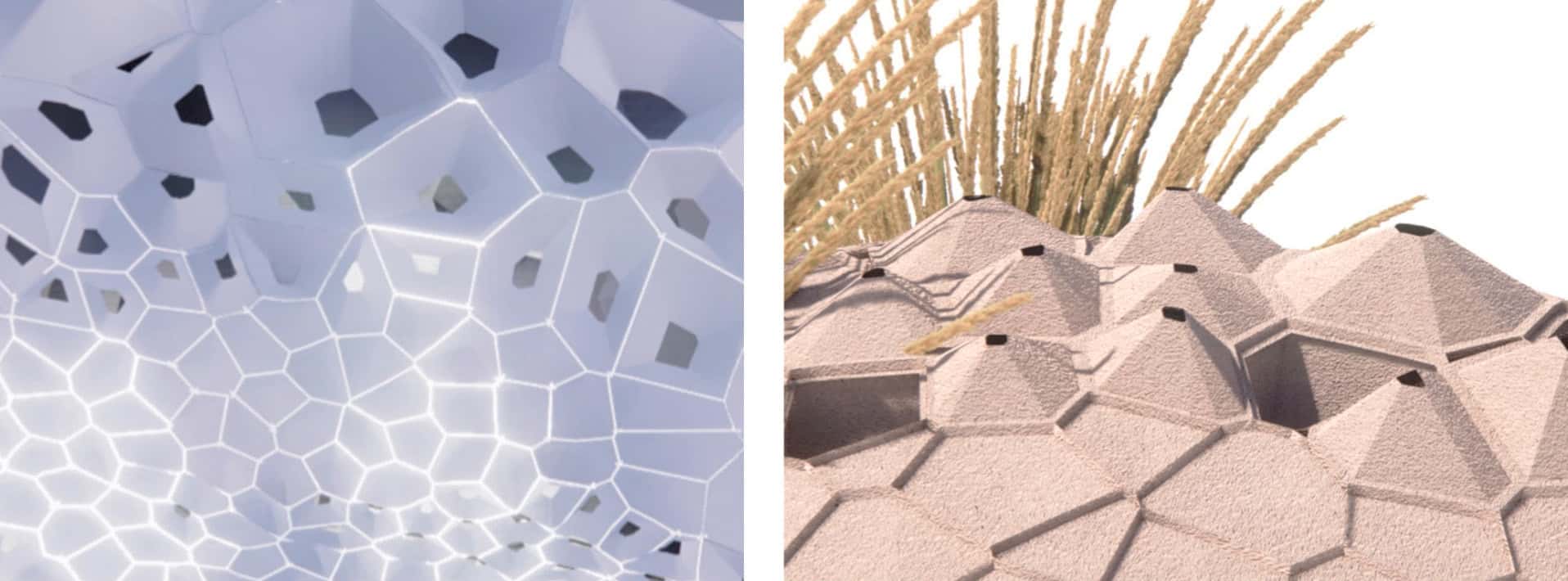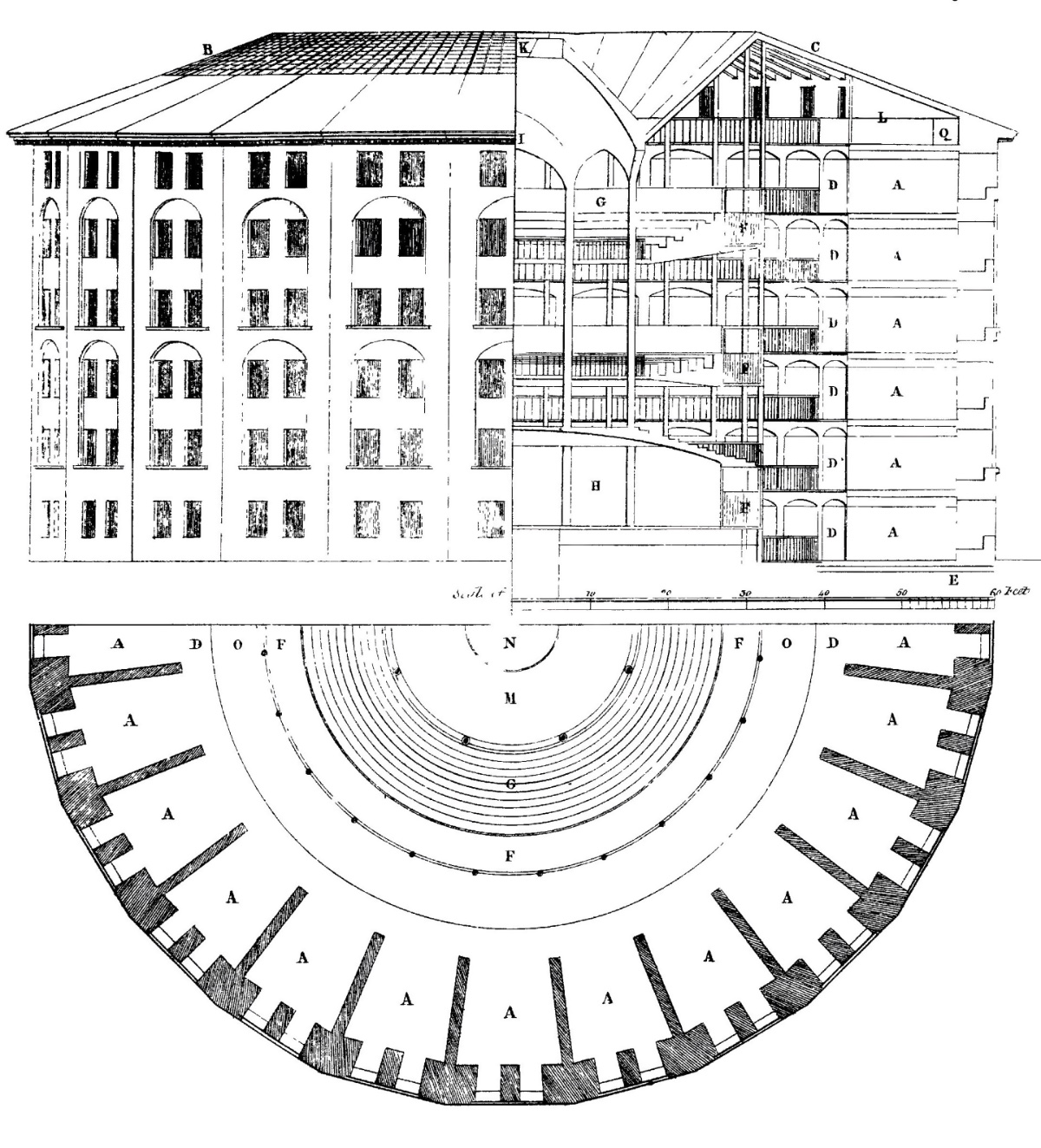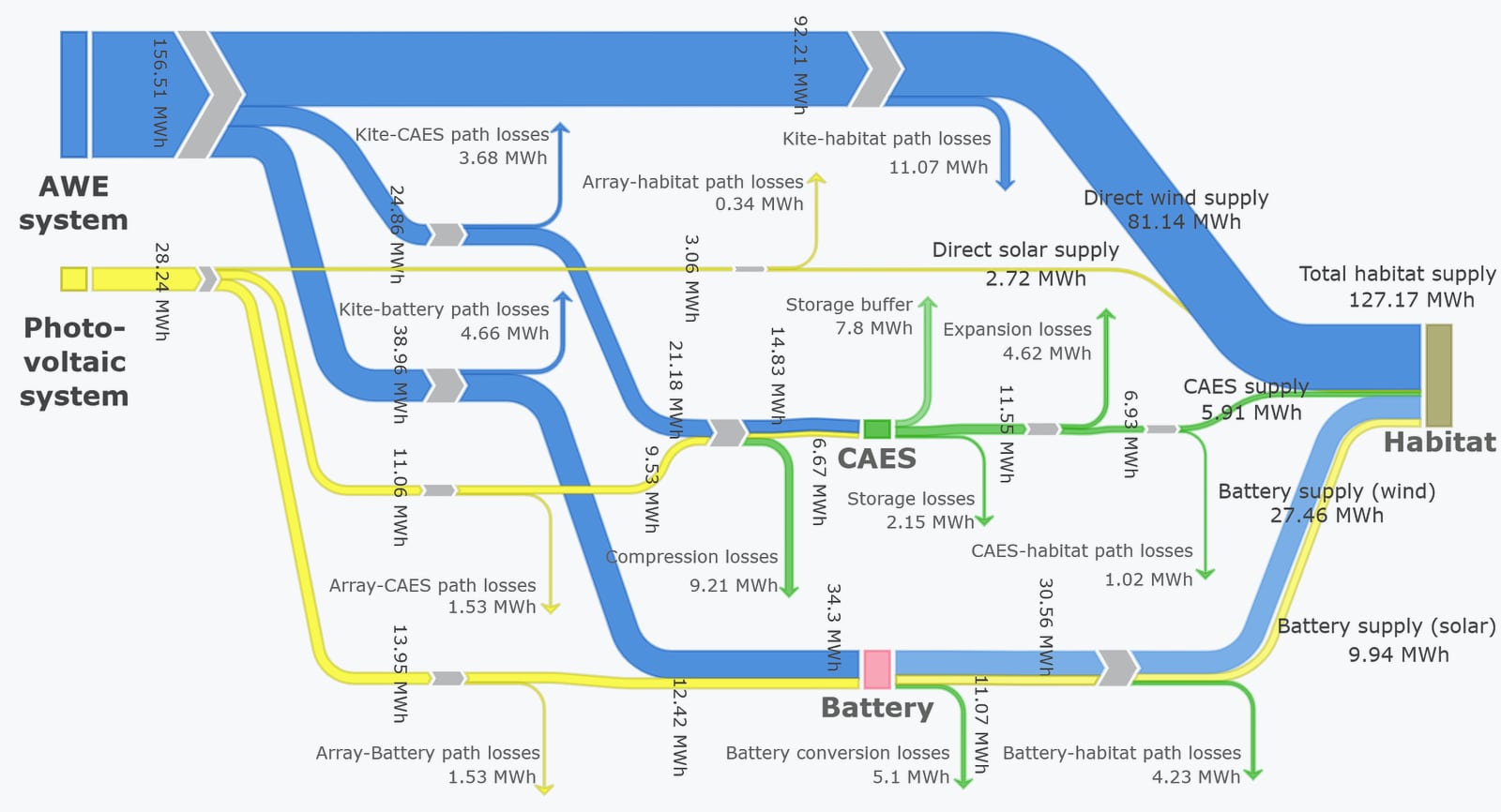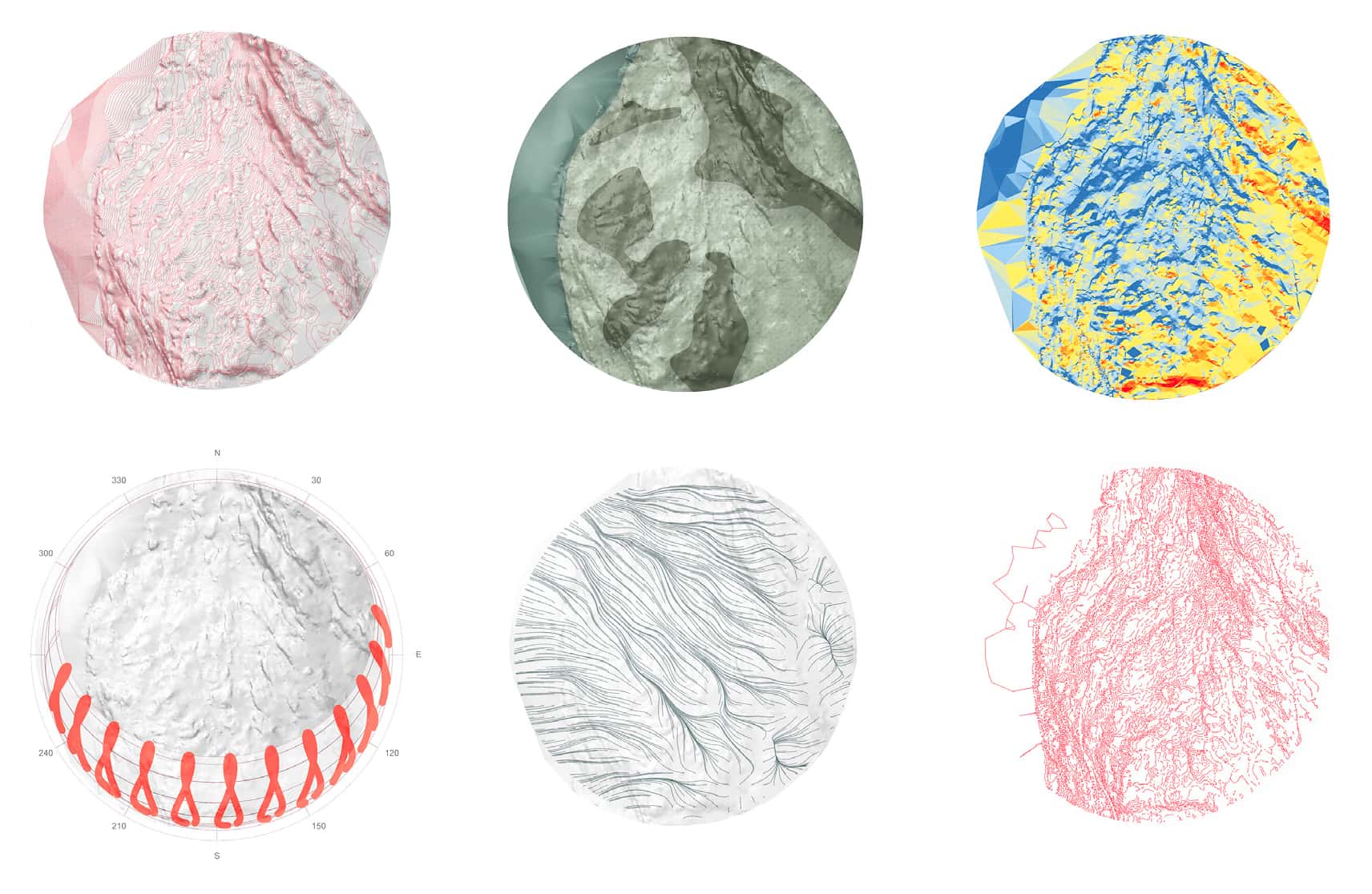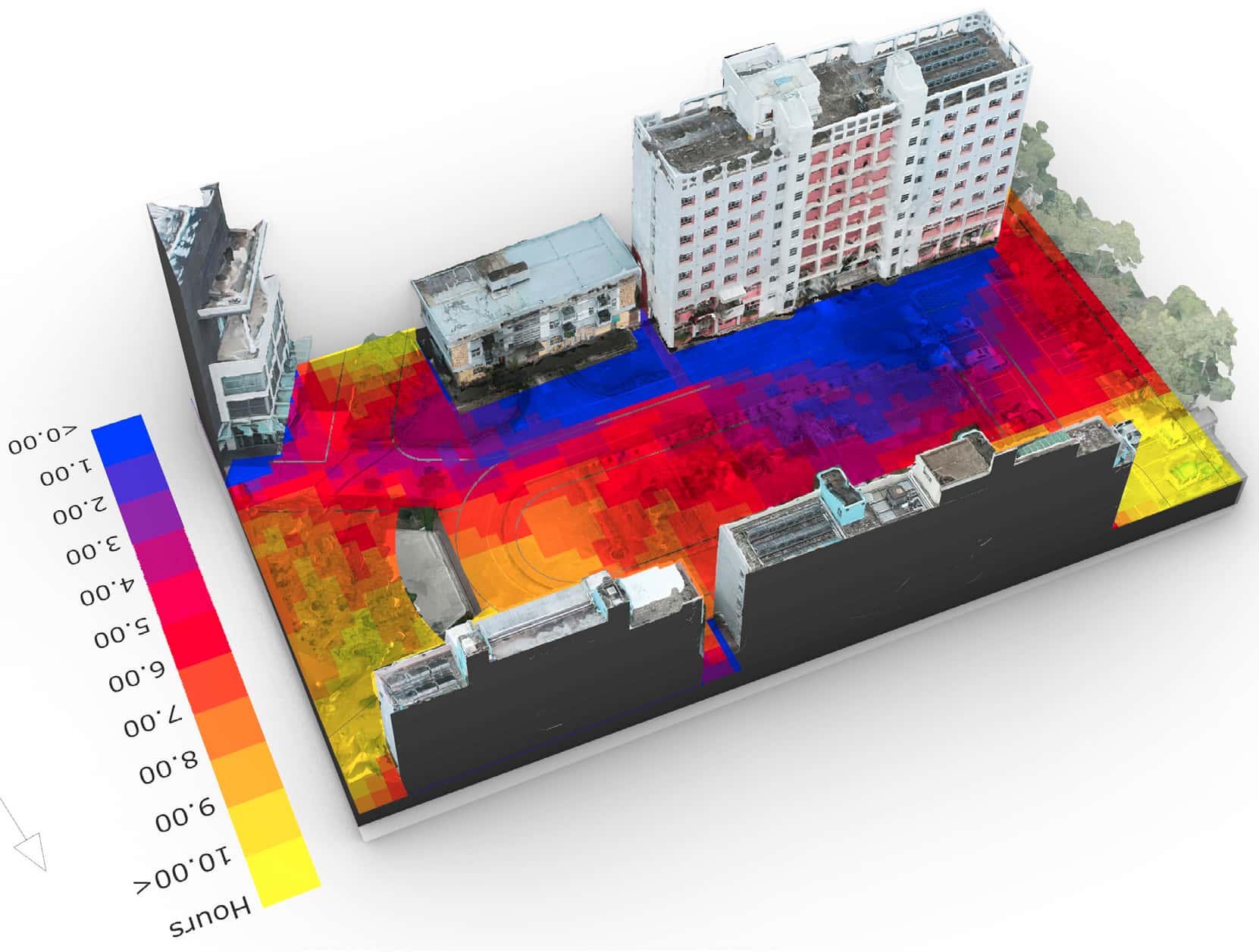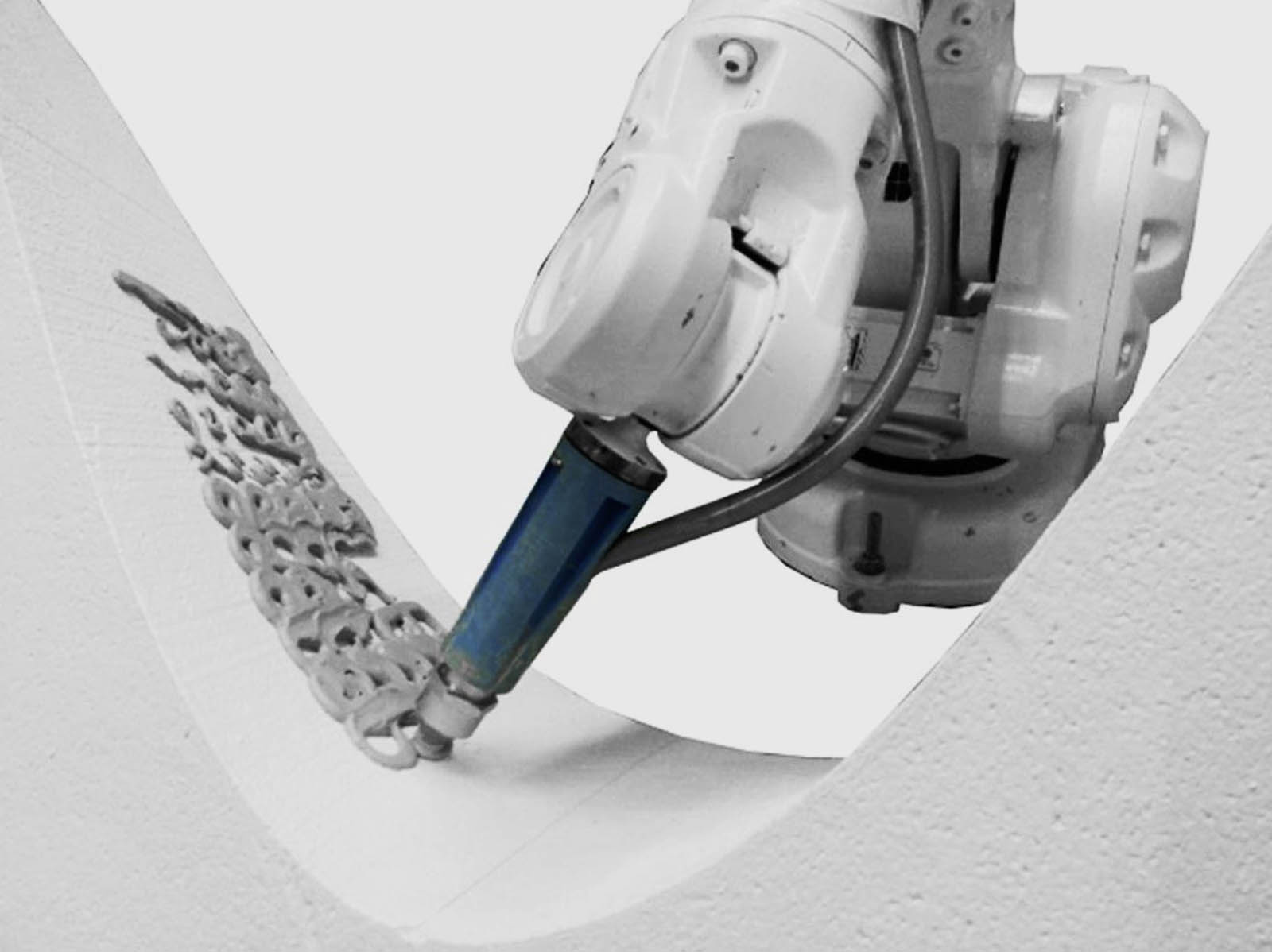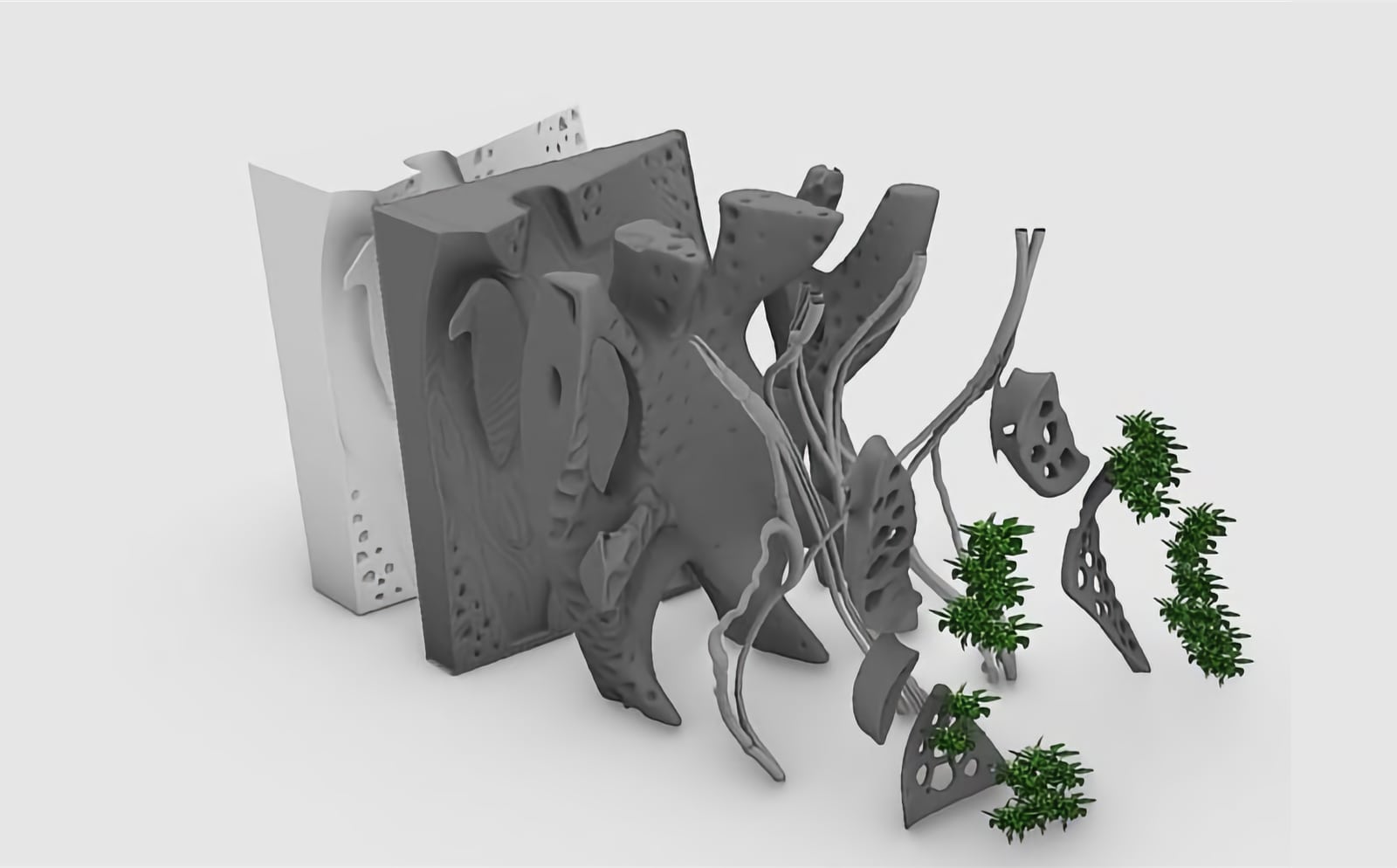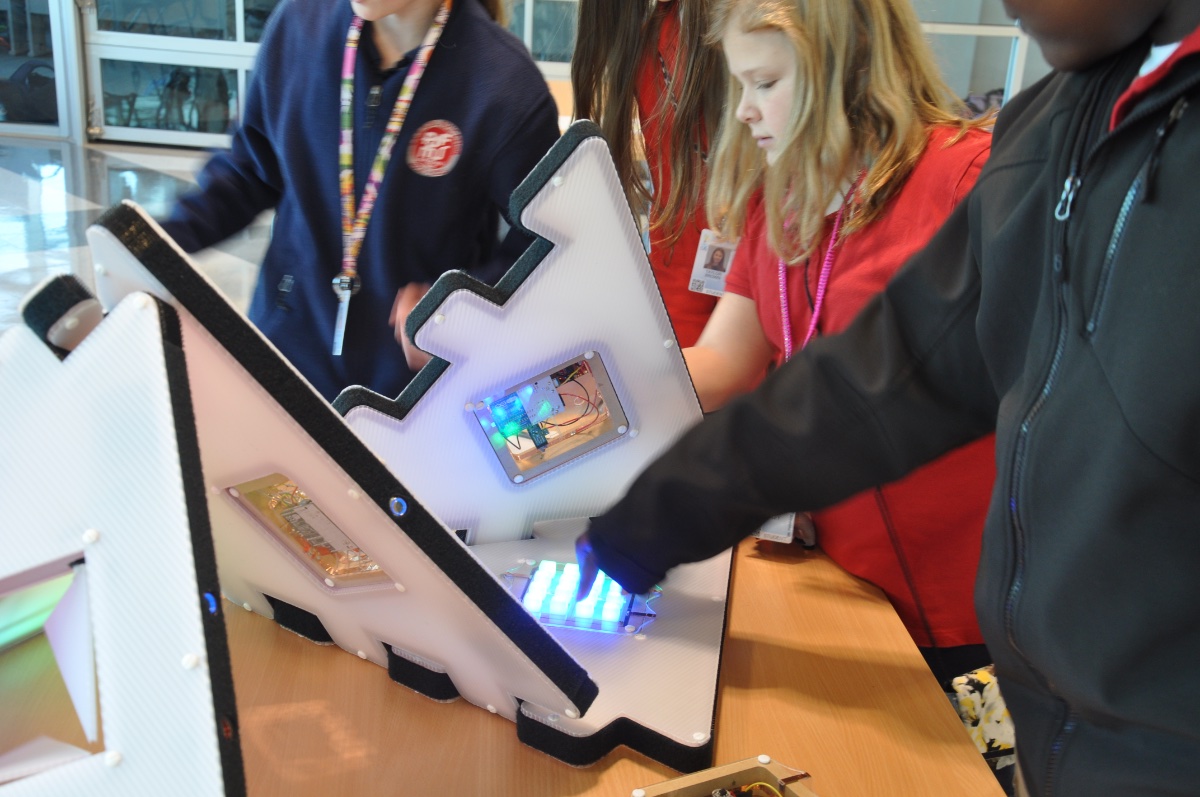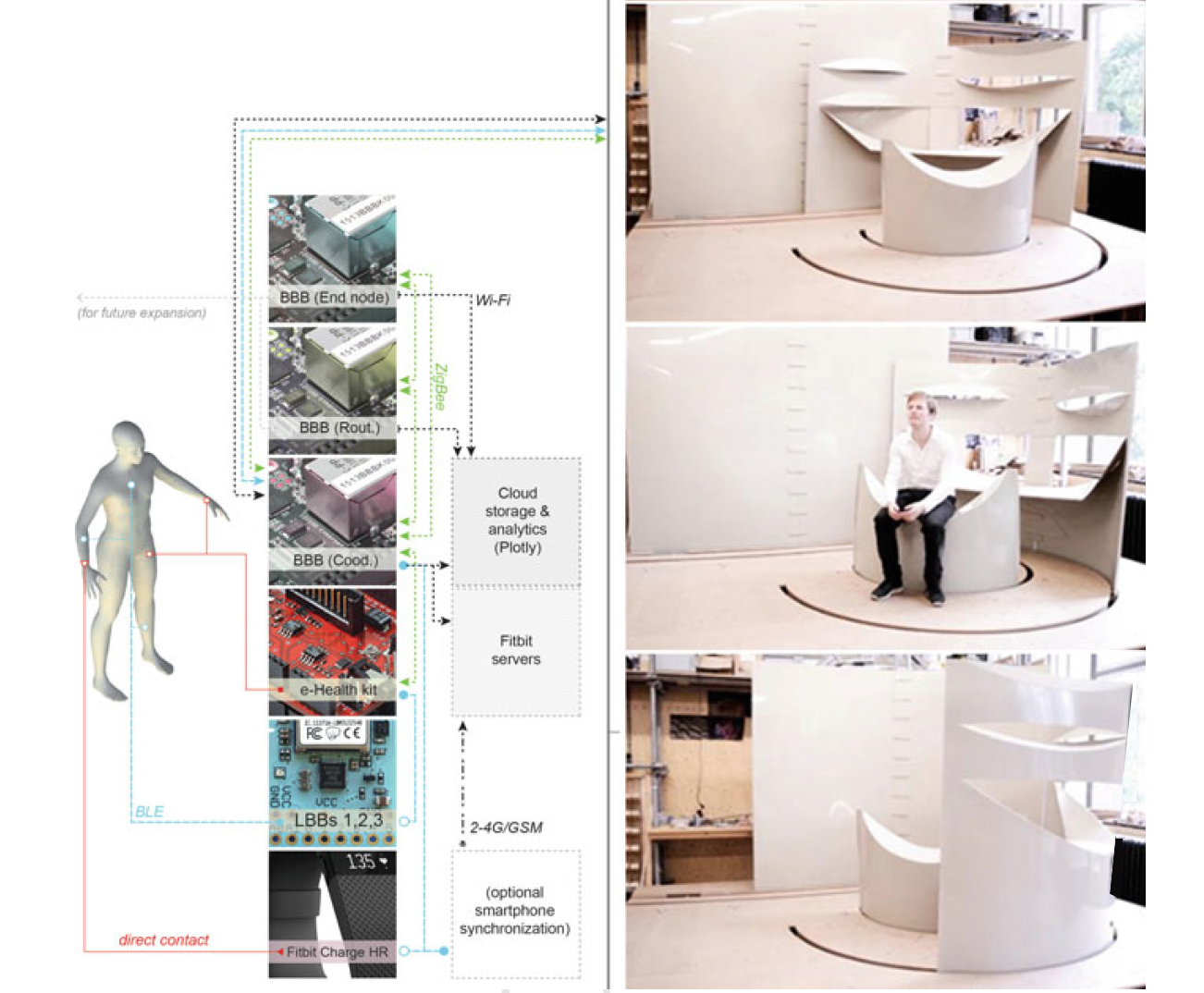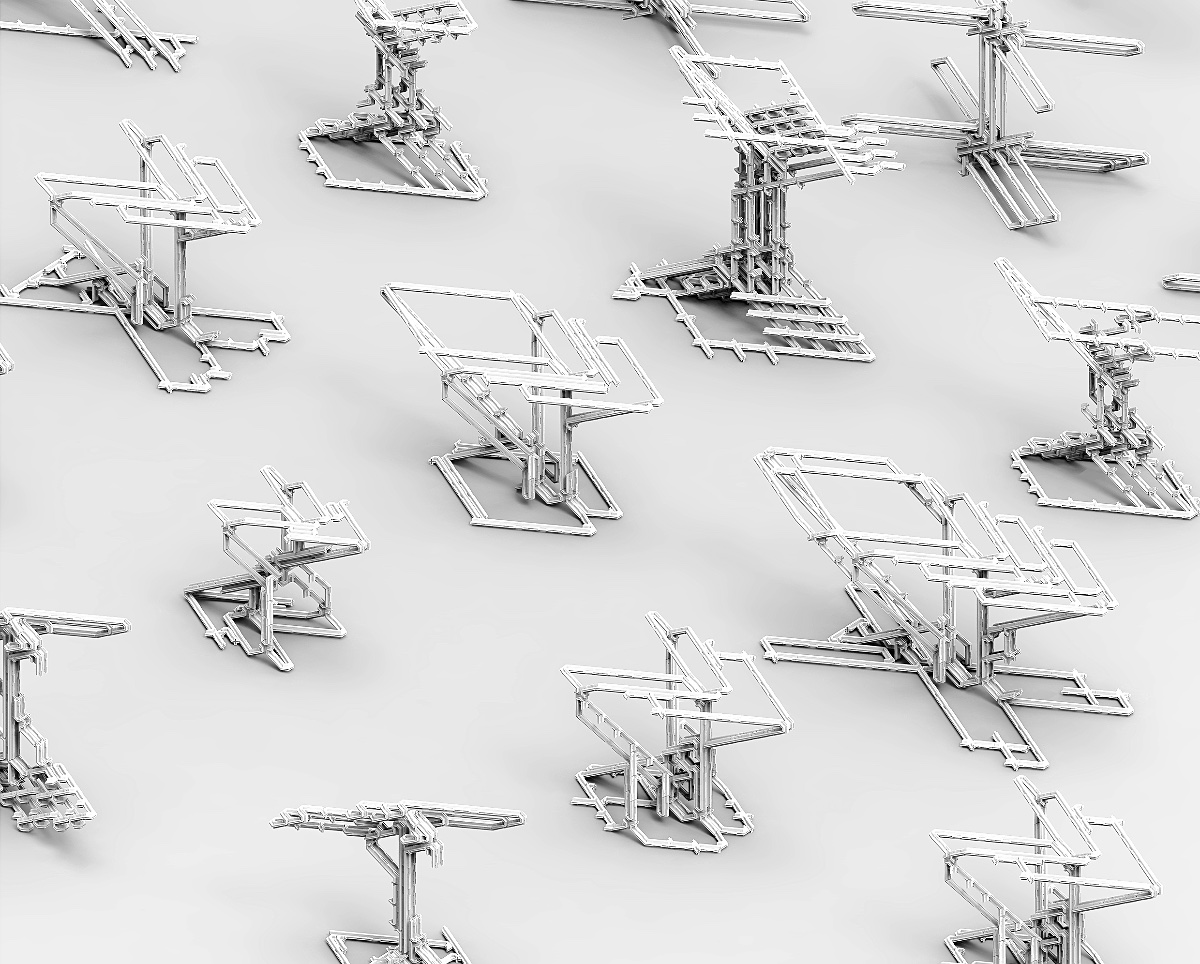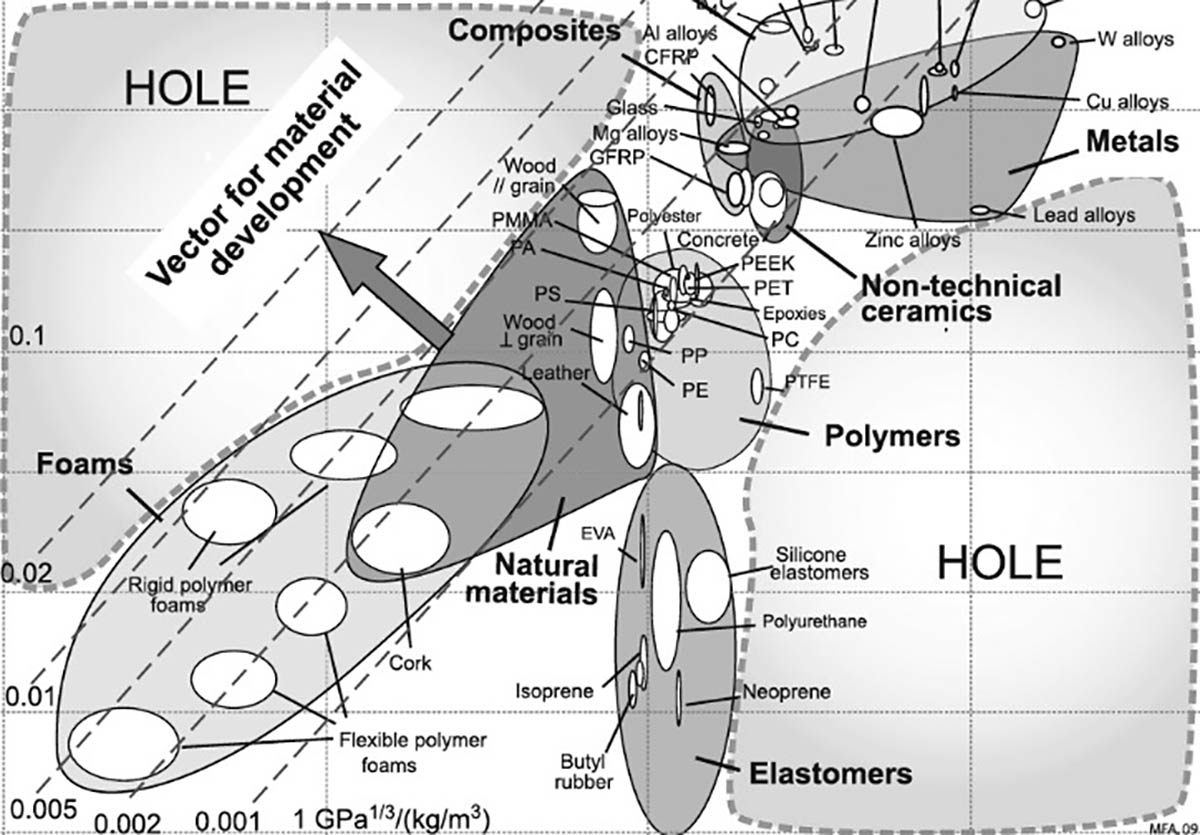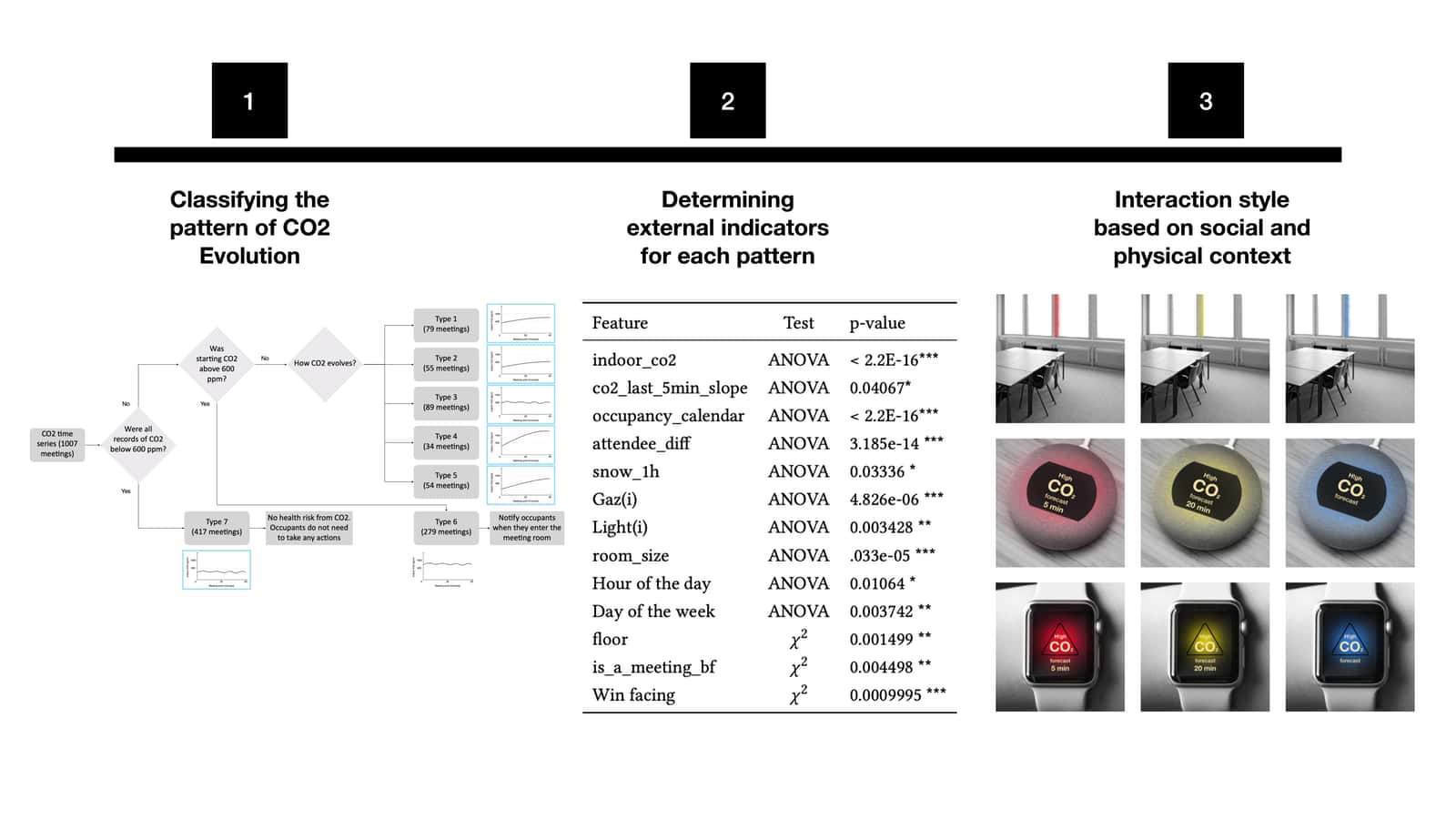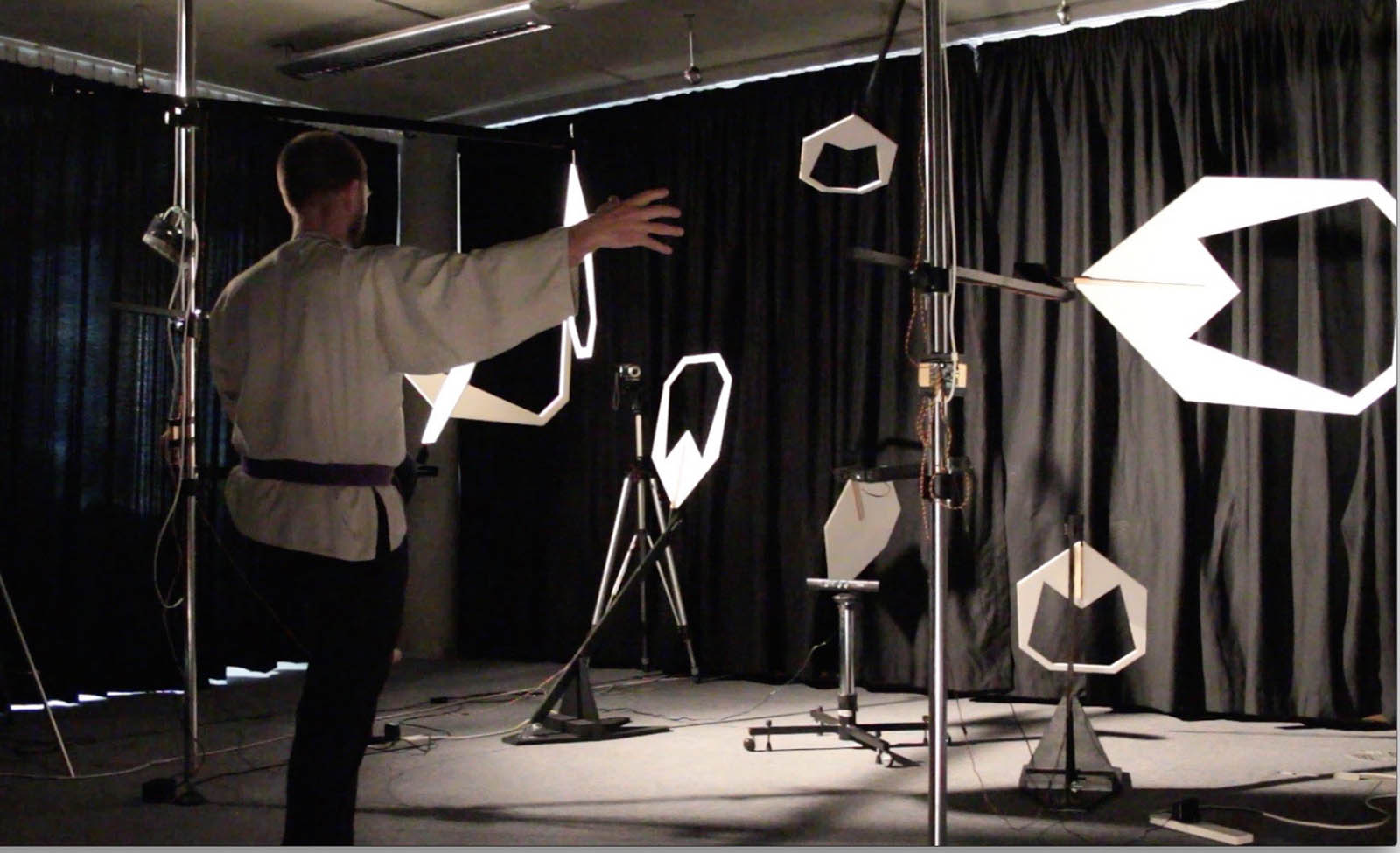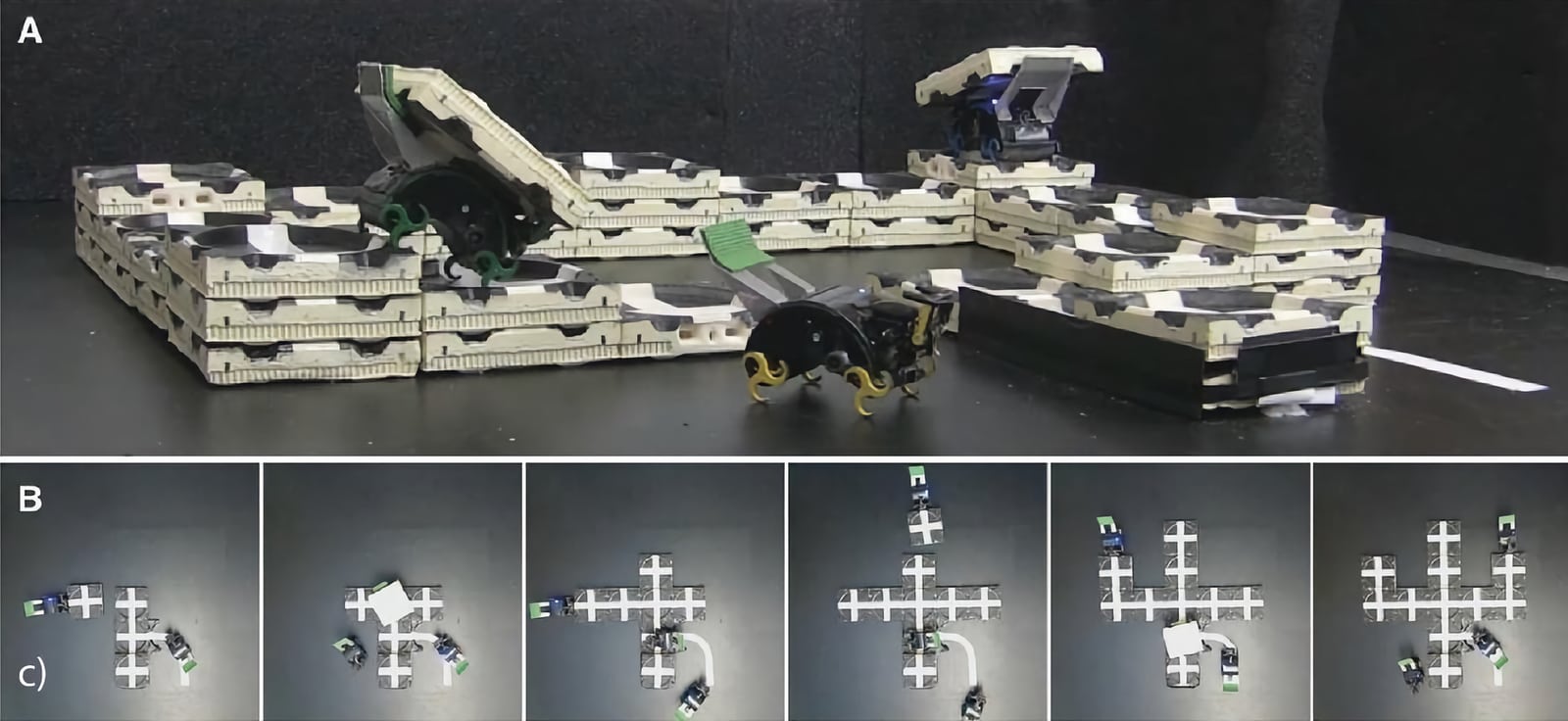Cyber-physical Architecture
All Items
-
This Spool [CpA] #3 issue poses and attempts to answer questions on the nature of this intimate human-machine bond, encouraging the discussion of its potentials also in terms of individual and social resilience. This issue of Spool, moreover, attempts to explore the design of bio-cyber-physical systems, which requires integration of natural, physical, and virtual architectures with digital systems and social organizations. In designing interactions between the (augmented) human and cyber-physical environments, the collection and use of personal data, the management of a multi-layered...
-
This study investigates the feasibility of in-situ manufacturing of a functionally graded metallic-regolith. To fabricate the gradient, digital light processing, an additive manufacturing technique, and spark plasma sintering were selected due to their compatibility with metallic-ceramic processing in a space environment. The chosen methods were first assessed for their ability to effectively consolidate regolith alone, before progressing to sintering regolith directly onto metallic substrates. Optimized processing conditions based on the sintering temperature, initial powder particle...
-
This work explores the use of a lunar regolith simulant as feedstock for the direct ink writing additive manufacturing process as an option to enable future lunar in-situ resource utilisation. The feasibility of this approach is demonstrated in a laboratory setting by manufacturing objects with different geometries, using methyl cellulose or sodium alginate as binding agents, water and lunar regolith simulant to create a viscous, printable ‘ink’. A custom three-axis gantry system is used to produce green bodies for subsequent sintering. The sintered objects are characterised using...
-
Sending humans to the Moon and Mars in the near future requires appropriate infrastructure to support and subsequently sustain human activities. This includes infrastructure to shield from environmental conditions, generate energy, and facilitate mobility and communication. Construction of such infrastructure aims to use in-situ resources and reduce the use of supplies from Earth. The establishment and maintenance of the required infrastructure, equipment, and hardware involves the development of adequate manufacturing techniques, which can enable maximal use of the local resources....
-
Ambient User Experience (Ambient UX) is a conceptual framework providing a strategy for design processes that target cyber-physical spaces. Such design processes interface Wireless Sensor-Actuator Networks (WSAN), Artificial Intelligence (AI), and physically built environments. For managing the complexity of such design processes and ensuring the development of a design facilitating users’ satisfaction, design approaches focused on experience and user activities linked to bio-cyber-physical feedback loops are needed. This paper points out how Ambient UX supports decision-making in a...
-
Apparatus and apparatisation, the focus of the Cyber-Physical Architecture (CpA) issue #2 of SPOOL, refer to an assemblage of various components, tools, and instruments that in combination produce an exponential surplus beyond the linear sum of parts. On the one hand, apparatus can be seen as a collective of means used to perform certain tasks in order to solve a range of problems. It can contain a series of tools and instruments and produce new rationalities that often translate into pervasive technology, such as, for instance, electricity and, today, Information and Communication...
-
Minimal interventions that provide various microclimates can stimulate both biodiversity and social accessibility of leftover spaces. New habitats are often developed for different animal and plant species based on studies of the microclimates typical of such residual spaces. By introducing interventions of 0.5-1.0 m diameter ‘planetoids’ placed at various locations, existing and new life is supported. The ‘planetoid’ described in this paper is prototyped by means of Design-to-Robotic-Production and -Operation (D2RP&O). This implies that it is not only produced by robotic means, but...
-
When Michel Foucault introduces the term, dispositif, commonly translated as ‘apparatus’, he uses the architectural example of the Panopticon to illustrate how power is exercised. A building, according to this line of thinking, seemingly has the capacity to exercise control on its occupants. But is this really the case? This paper examines the thinking of Foucault on the subject, and questions to what extent we can conceive of a building as being in and of itself an apparatus. It goes on to explore Foucault’s subsequent reflections on the subject in his interview with Paul Rabinow,...
-
Generating renewable energy on Mars is technologically challenging. Firstly, because, compared to Earth, key energy resources such as solar and wind are weak as a result of very low atmospheric pressure and low solar irradiation. Secondly, because of the harsh environmental conditions, the required high degree of automation, and the exceptional effort and cost involved in transporting material to the planet. Like on Earth, it is crucial to combine complementary resources for an effective renewable energy solution. In this work, we present the results of a design synthesis exercise, a 10...
-
Rapid urbanization and related land cover and land use changes are primary causes of climate change, and of environmental and ecosystem degradation. Sustainability problems are becoming increasingly complex due to these developments. At the same time vast amounts of data on urbanization, construction and resulting environmental conditions are being generated. Yet it is hardly possible to gain insights for sustainable plan-ning and design at the same rate as data is generated. Moreover, the complexity of compound sustainability problems requires interdisciplinary approaches that address...
-
Nicholas Negroponte and MIT’s Architecture Machine Group speculated in the 1970s about computational processes that were open to participation, incorporating end-user preferences and democratizing urban design. Today’s ‘smart city’ technologies, using the monitoring of people’s movement and activity patterns to offer more effective and responsive services, might seem like contemporary interpretations of Negroponte’s vision, yet many of the collectors of user information are disconnected from urban policy making. This article presents a series of theoretical and procedural experiments...
-
Design to Robotic Production (D2RP) establishes links between digital design and production in order to achieve informed materialization at an architectural scale. D2RP research is being discussed under the computation, automation and materialization themes, by reference to customizable digital design means, robotic fabrication setups and informed materialization strategies implemented by the Robotic Building group at Hyperbody, TU Delft.
-
This paper presents a high-resolution intelligence implementation based on Design-to-Robotic-Operation (D2RO) principles and strategies specifically employed to attain and to sustain Interior Environmental Quality (IEQ) within a dynamic built-environment. This implementation focuses on two IEQ-parameters, namely illumination and ventilation; and is developed in three main steps. In the first step, a formal design-criteria based on D2RO principles is developed in order to imbue considerations of intelligence into the early stages of the...
-
In order for off-Earth top surface structures built from regolith to protect astronauts from radiation, they need to be several meters thick. Technical University Delft (TUD) proposes to excavate into the ground to create subsurface habitats. By excavating, not only can natural protection from radiation be achieved but also thermal insulation, as the temperature is more stable underground. At the same time, valuable resources can be excavated via in-situ resource utilization (ISRU). In this process, a swarm of autonomous mobile robots excavate the ground in a downwards sloping spiral...
-
Dialogs on Architecture is a series of dialogs between researchers and practitioners who are embracing the intellectual model of high technology and are involved in its advancement and application in architecture. The first dialog focuses on the impact of an intellectual model of high technology on architecture, and takes place between Henriette Bier (HB) and Keith Green (KG).
-
Dialogs on Architecture is a series of dialogs between researchers and practitioners. who are embracing the intellectual model of high technology and are involved in its advancement and application in architecture. The present dialog focuses on the role of parametric design and cyber-physical systems in architecture. It has been inspired by a lecture given by Henriette Bier at the Italian Institute of Architecture in Catania (2019) and addresses the question of the current paradigm shift in architecture and its impact on the role of the architect and the user. The dialog is led by Grazia...
-
Dialogues on Architecture is a series of dialogues between researchers and practitioners, who are embracing the intellectual model of high technology and are involved in its advancement and application in architecture. Dialogue #4 focuses on the technology transfer between on- and off-Earth research and its impact on society, and in particular on industry and education. The dialogue takes place between Henriette Bier (HB), Paul Chan (PC), Advenit Makaya (AM), and Angelo Cervone (AC).
-
The projects featured in this paper aim to demonstrate the potential of Discrete Robotic Assembly in architecture. Although still in its early stages, this research proves that there is an increase in construction efficiency within a discrete design framework. The research shows how a limited set of assembly possibilities eases the automation of the manufacturing process and leads to a reduction of labour, construction time, and cost. This intrinsic link between discrete design methods and automation hints at a potential shift in the construction industry governed by a new paradigm in...
-
Architectured materials are a rising class of materials that bring new possibilities in terms of functional properties, filling the gaps and pushing the limits of Ashby’s materials performance maps [1]. Capitalizing on the concepts of architectured materials, explorations of the potential applications of large-scale 3D printing techniques to civil engineering structures were recently implemented in the DEMOCRITE project.
-
Immediate Systems are defined as systems that overcome the limitations of remote design by embedding design and implementation in situations of use. This paper extends the theoretical framing of IS and traces three approaches towards IS in architecture: as adhocist mode of action, as acceleration of design transfer and as human-architecture symbiosis. These three approaches consider the same phenomenon from different perspectives respectively, that of the lived experience of the user-designer, that of the designer’s methodology and technology, and that of ecology.
-
The high concentration of air pollutants in indoor environments can have a remarkable adverse impact on health and well-being, cognitive performance and productivity. Indoor air pollutants are especially problematic in naturally ventilated shared spaces such as classrooms and meeting rooms, where human-generated pollutants can rise rapidly. When the inhabitants are exposed to indoor air pollution, recovering from its ramifications takes time and harms their well-being in the long run. In our approach, we seek to predict and prevent such hazardous situations instead of rectifying them...
-
Adaptive Architecture concerns buildings that are specifically designed to adapt to their inhabitants and to their environments. Work in this space has a very long history, with a number of adaptive buildings emerging during the modernist period, such as Rietveld’s Schröder house, Gaudi’s Casa Batlló and Chareau's Maison de Verre. Such early work included manual adaptivity, even if that was motor-assisted. Today, buildings have started to combine this with varying degrees of automation and designed-for adaptivity is commonplace in office buildings and eco homes, where lighting, air...
-
Rapid urbanization with the associated land cover and land use change, as well as resource depletion, contribute to the degradation of ecosystems and biodiversity and have a negative impact on human health and well-being. Societal calls for responses and results pose a significant challenge for research and education in the various fields concerned with the environment. Alongside the current environmental crisis there is a pressing need for developing ‘green solutions’ for the built environment with the help of datadriven methods, workflows and tools.
In view these developments,...
-
Off-Earth structural design has been a subject of fascination and research for decades. Given that the vision of permanent lunar and Martian human presence is materialising, it is an opportune moment to reflect on the future applicability and challenges of off-Earth design. This article investigates contemporary thinking about off-Earth structural design – specifically focused on large-scale infrastructure such as habitats – and assesses it in terms of its sustainability. We suggest that the extra-terrestrial setting, which is characterised by resource, construction, and labour...
-
The Institute for Materialdesign (IMD) understands itself as a hub for inspiration – analogue and digital methods are combined - along with an interdisciplinary context - to create cross-material innovations. Ideas are frequently generated through the characteristics of the material itself, its qualities and its possibilities as well as its limits. Through the speculative combination of materials, transferring traditional processes of fabrication into innovative contexts, surprising results are achieved. Experimenting, questioning and researching become ever more important in an...
